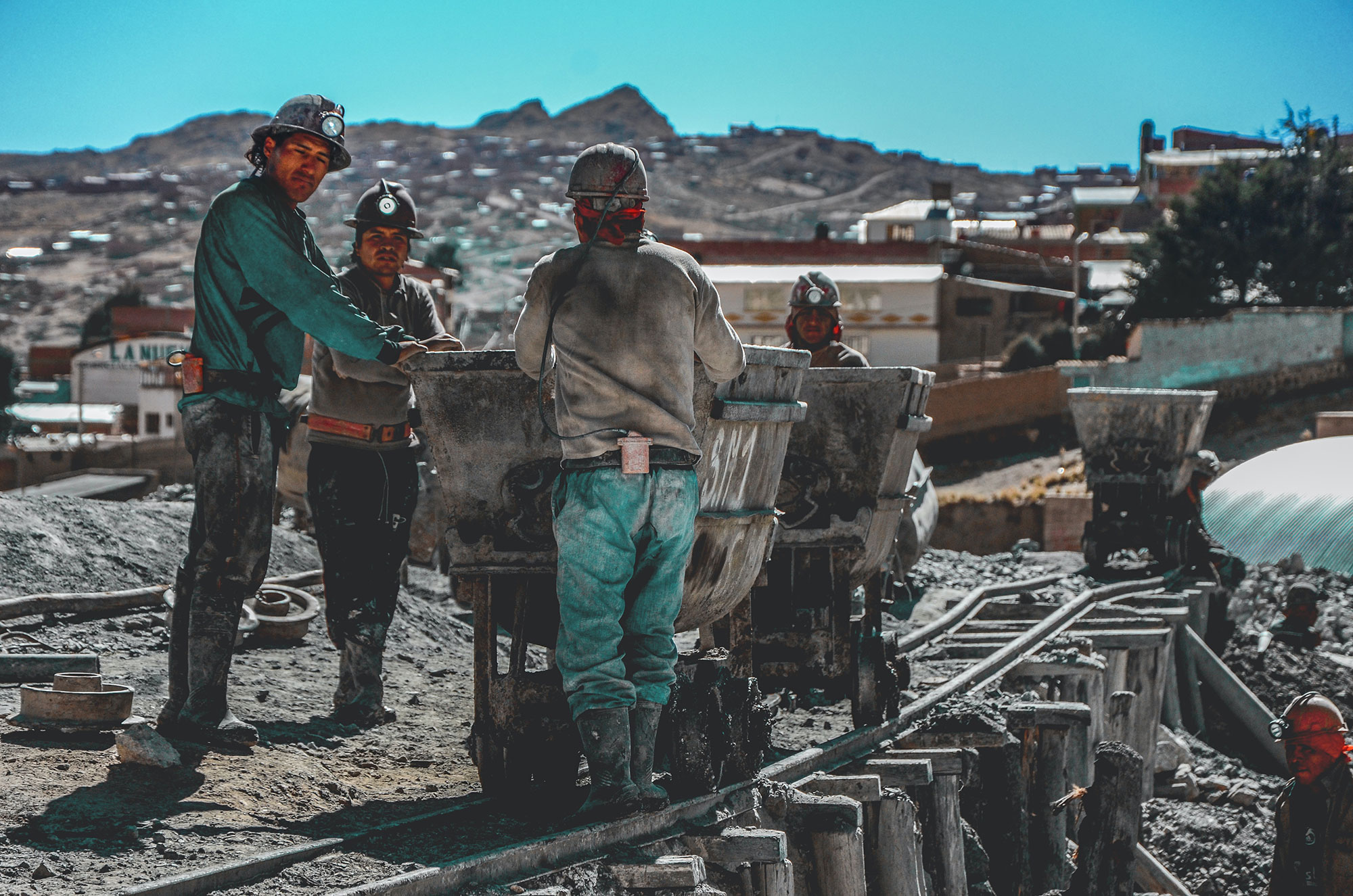Mines can be dangerous spaces that feature heavy machinery, toxic substances and raised surfaces. The leading cause of accidents on mine sites is improper safety training and techniques. Proper training and preparation can minimise the risk of these negative outcomes, and even prevent them from happening. With VR training, mines have the opportunity to take their safety procedures and protocols to the next level. VR improves learning experiences, increases information retention, and allows greater insight and more relevant feedback. It’s also more cost-effective, with remote learning available to benefit the FIFO workforce. We take a look at the benefits of VR and how it encourages greater safety training procedures and outcomes for mine employees.
Digital twins in VR
One of the key benefits of virtual reality safety training is the ability to create digital twins. These twins are replicas of real mines, which personnel can explore using VR headsets. They can freely practice their roles in a risk-free environment, familiarise themselves with the mine’s layout before experiencing it first-hand, and can practice their emergency response procedures when faced with a range of situations. The simulations include drill rig training, identification of underground hazards, open pit, Instron rock testing, accident reconstruction, mining equipment walkthroughs, surveying and monitoring, and mining procedures and methods.
Virtual reality’s ideal for safety training as it expedites learning and improves information retention. Research conducted into VR has found that users retain information much more easily with virtual reality than they do when using a tablet or a computer. The mining industry spends a significant proportion of its training expenses on paying trainers, apprentices and staff, and VR proves to reduce these costs substantially with simulations that never expire and which are usually easy to update as systems advance.
Improved training with VR
Virtual reality further improves safety training as it easily measures logistics and competency. Trainers will be able to see how long a trainee took to complete a task, which areas they struggled with most, and which mistakes they made during training. This makes training exercises much simpler, especially when trainers need to review large numbers of recruits. This opportunity for feedback simplifies training and allows for any repeated errors to be addressed. Pressure is reduced, risks are removed, and trainees can repeat the exercises as much as they need.
VR safety training also reduces the time and logistics needed to take trainees through all the equipment they’ll need to use. It immerses trainees into the digital world, allowing them to access and practice using equipment from the comfort of a safe space free of risk. They’ll learn how to use new equipment even before it enters the mine, which reduces the time taken to operate. On the whole, VR training is more affordable, faster, and attracts better learning outcomes than your traditional training exercises. It’s able to be conducted from anywhere in the world and reduces the risks and potentially negative consequences associated with real-life training in a high-risk environment.
Summary: How can VR be used by the mining & Resources industry?
Utilise VR technology to create realistic, immersive simulations of potential mining hazards, such as cave-ins, gas leaks, or equipment malfunctions. Trainees can experience these scenarios in a safe virtual environment, allowing them to practice proper safety procedures and responses without real-world risks.
VR can offer interactive training modules that allow miners to familiarise themselves with various mining equipment and machinery. Trainees can learn to operate these complex machines through virtual simulations, reducing the likelihood of accidents caused by inadequate equipment knowledge.
Implement VR-based emergency response training to prepare miners for critical situations, like rescuing trapped colleagues or handling medical emergencies. Real-time decision-making and problem-solving in these simulations can enhance the effectiveness and efficiency of emergency procedures.
VR can be used to replicate common risky behaviors observed in mining operations, such as improper use of safety gear or failure to follow safety protocols. By placing trainees in such situations virtually, supervisors can reinforce the importance of adhering to safety guidelines and instill a safety-first culture.
VR enables mining companies to conduct ongoing safety assessments by tracking trainee performance and behavior in simulated environments. Analyzing data from these simulations can identify areas of improvement and focus training efforts on specific safety aspects, resulting in a continuous safety enhancement process.
FAQs
What is mining of VR?
VR in mining allows mining operatives to develop skills and experience without entering a mining facility. By creating a virtual world that simulates a mine, operatives can learn about the various tools, techniques and training that are essential for safe mining from the safety of a completely virtual environment.


